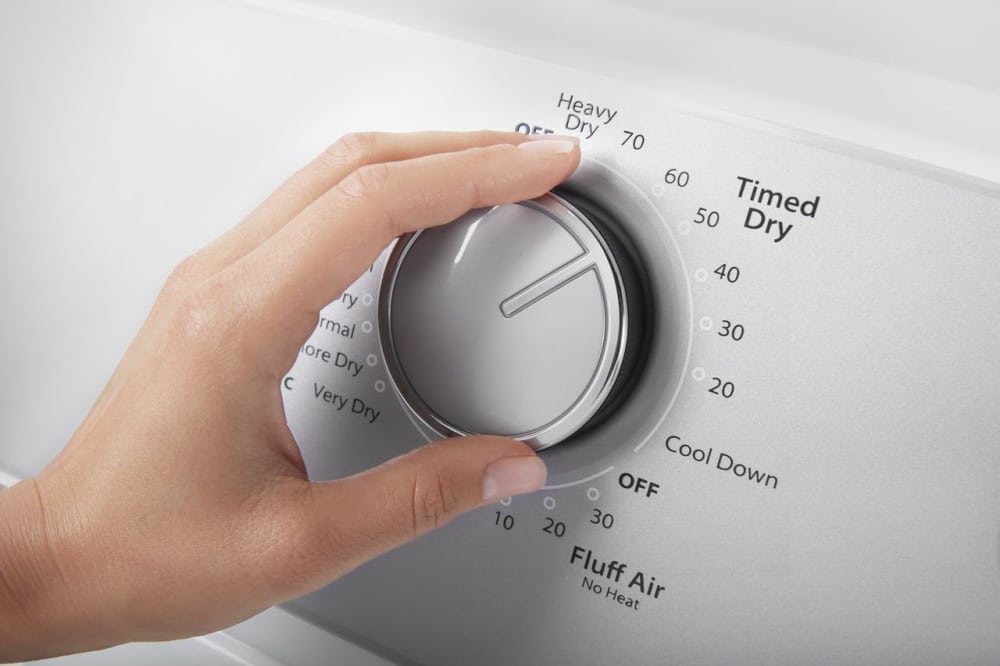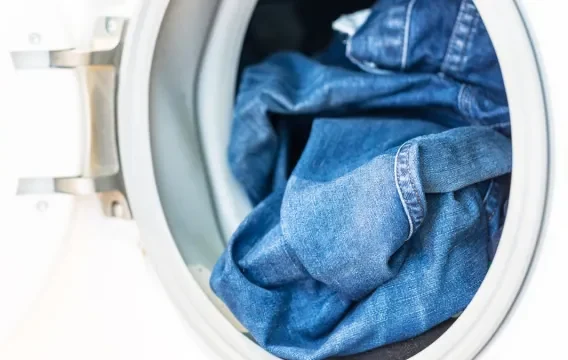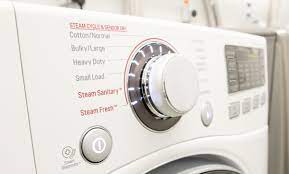Maximizing Efficiency: How Timed Drying Can Revolutionize Your Laundry Routine
Timed drying is a unique and efficient method of drying various materials within a specific time frame. This process involves setting a predetermined duration for drying, ensuring optimal results while minimizing energy consumption. By incorporating Timed drying into industrial and domestic drying processes, individuals can achieve uniform drying without compromising product quality.
What Are The Benefits of Timed Drying?
Enhancing Efficiency and Productivity
Timed drying offers several advantages that contribute to increased efficiency and productivity in drying processes. By utilizing specific time settings, individuals can ensure a consistent and controlled drying environment. This prevents over-drying or under-drying, reducing the need for rework or product disposal. Ultimately, this saves valuable time and resources, allowing businesses to meet production deadlines and improve overall efficiency.
Minimizing Energy Consumption
With Timed Drying, the drying process is precisely regulated, helping to reduce energy consumption. By employing an optimized drying duration, individuals can avoid unnecessary energy expenditure. By minimizing the drying time while maintaining quality, businesses and households can achieve significant energy savings, leading to a greener and more sustainable approach to drying.
Ensuring Product Quality and Uniformity
Timed drying plays a crucial role in maintaining product quality and uniformity. By following strict time guidelines, individuals can prevent variations in moisture content and guarantee consistent drying results. This is particularly important in industries such as textiles, food processing, and pharmaceuticals, where product quality can directly impact consumer satisfaction and safety.
Preventing Material Damage
Timed drying is designed to prevent material damage that may occur during prolonged exposure to high temperatures or extended drying periods. By setting specific time frames, individuals can mitigate the risk of overheating, color fading, or structural deterioration. This ensures that the integrity of the dried material is preserved, extending its lifespan and reducing the need for frequent replacements.
Wha is The Timed drying Process?
In order to implement Timed drying effectively, it is important to understand the underlying process and key considerations.
Step 1: Setting the drying Time
The first step in Timed drying is determining the appropriate drying time for the specific material or product. Factors such as material type, initial moisture content, desired final moisture content, and drying method all need to be taken into account. This information helps determine the optimal drying duration for achieving the desired results.
Step 2: Preparing the drying Environment
Once the drying time is set, it is essential to create an optimal environment for drying. Factors such as temperature, humidity, and air circulation should be carefully controlled to ensure efficient and uniform drying. Proper ventilation is crucial to remove moisture during the drying process, unline the air fluff drying.
Step 3: Monitoring and Adjusting
Throughout the drying process, continuous monitoring is necessary to ensure that the set drying time is accurate and effective. Regular checks on moisture levels and temperature help identify any deviations from the desired drying conditions. This allows for adjustments to be made promptly, maintaining optimal drying efficiency.

FAQs about Timed Drying
What types of materials can benefit from Timed Drying?
Timed drying can benefit a wide range of materials, including but not limited to textiles, ceramics, wood, food products, and pharmaceuticals. The process is versatile and can be tailored to suit different materials’ specific drying requirements.
How does Timed drying contribute to energy savings?
Timed drying optimizes the drying duration, preventing unnecessary energy consumption. By avoiding excessive drying times, energy is conserved, resulting in significant cost savings and promoting environmental sustainability.
Is Timed drying suitable for delicate or sensitive materials?
Yes, Timed drying can be adapted to accommodate delicate or sensitive materials. By carefully controlling the drying parameters such as temperature and air circulation, the drying process can be tailored to ensure minimal damage or alteration to the material.
Can Timed drying be automated?
Yes, Timed drying can be automated using advanced drying technologies and equipment. Automated systems allow for precise control over the drying process, ensuring consistent results and reducing the need for manual intervention.
How can I determine the ideal drying time for my specific material?
Determining the ideal drying time involves considering various factors such as the material’s initial moisture content, desired final moisture content, and the drying method being employed. Consulting drying charts and conducting preliminary tests can help establish the optimal drying time for a specific material.
Conclusion
Timed drying provides an efficient, cost-effective, and precise approach to drying various materials. By implementing this method, industries can enhance productivity, minimize energy consumption, preserve product quality, and extend the lifespan of materials. Understanding the process and adhering to proper drying guidelines are key to maximizing the benefits of Timed Drying.







